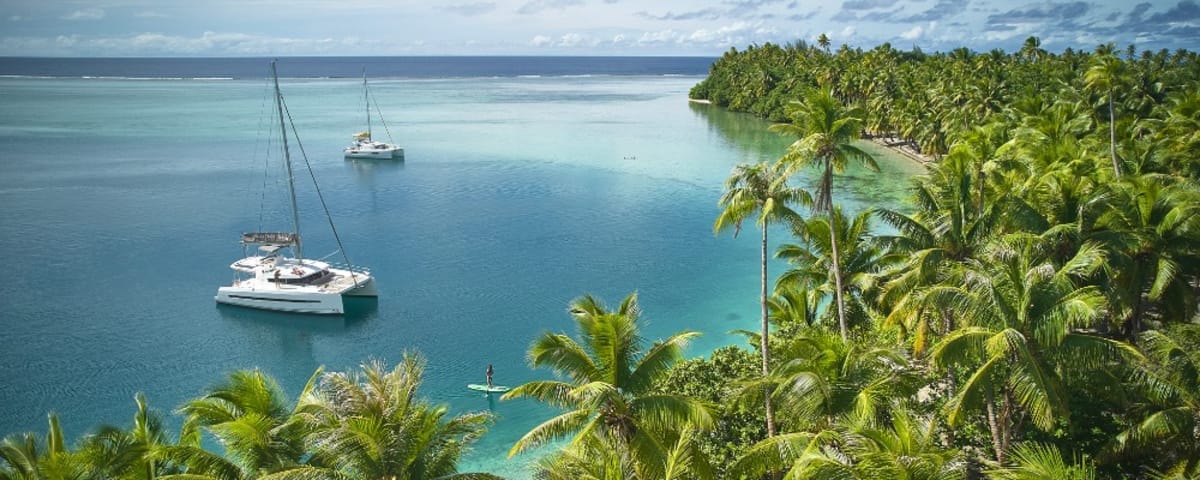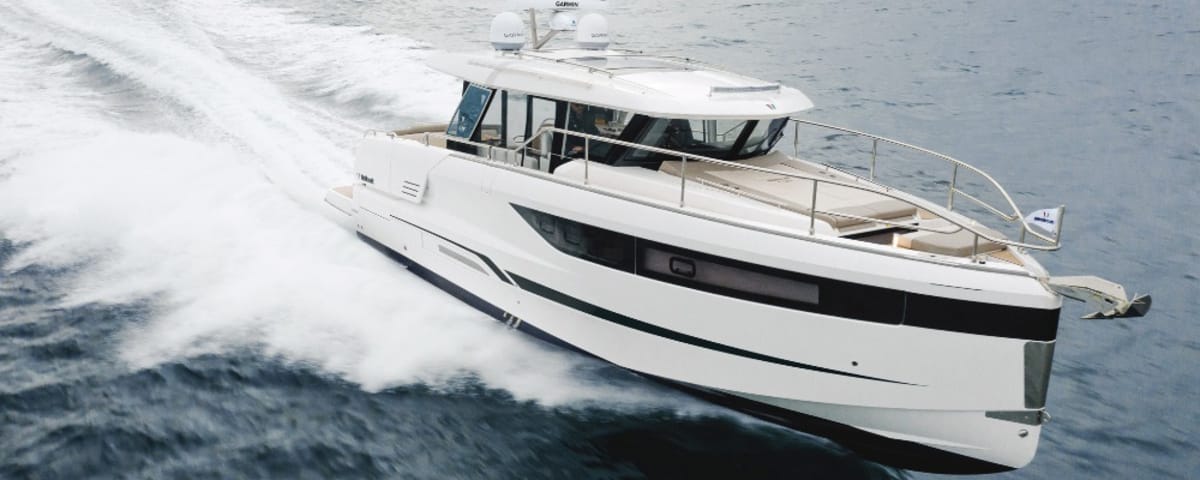Spectacular Shipwrecks Around the World
Discover ten of the most fascinating shipwrecks around the globe, each with its own unique story and accessible without diving equipment. These wrecks offer a glimpse into maritime history and provide stunning visual experiences.
-
SS Ayrfield – Homebush Bay, Australia
Nicknamed the “Floating Forest,” the SS Ayrfield is a steel cargo ship built in 1911. It served during World War II, transporting coal for the Allied fleet. Today, its remains rest in the calm waters of Homebush Bay, overgrown with mangroves, transforming it into a floating garden. Easily viewed from the shore or by kayak, it’s a magical place where nature and history intertwine.
-
Irish Trader – Baltray, Ireland
On the windswept beach of Baltray, the wreck of the Irish Trader emerges from the sands. Stranded during a violent storm in 1974, this 1960s cargo ship slowly rusts away, creating a striking contrast between the ochre metal and the green dunes of the Irish coast. It’s a haven for photographers seeking raw, poetic scenery.
-
Dimitrios – Valtaki, Greece
Near Gythio, on Valtaki beach, lies the iconic wreck of the Dimitrios. This small Greek cargo ship ran aground in 1981 under mysterious circumstances. Its rusted carcass on the golden sand captivates visitors, creating a romantic and mysterious atmosphere enhanced by the turquoise sea and arid hills of Laconia.
-
Point Reyes – California, USA
Far from major ports, the wreck of the Point Reyes sits north of Tomales Bay, California. This old wooden fishing boat, abandoned in the 1970s, has become a photographic icon. Though heavily decayed, it retains a poignant aesthetic of nostalgia and abandonment. At low tide, one can approach it to admire the details of its decaying structure.
-
Panagiotis – Navagio Beach, Zakynthos, Greece
Possibly the world’s most famous shipwreck, the Panagiotis, a Greek ship that ran aground in 1980, sits in the heart of the spectacular Navagio Beach. Enclosed by limestone cliffs, this cove with turquoise waters is only accessible by boat. The wreck, nestled on the white sand, is a popular subject for postcards. Access to the beach is now regulated due to landslide risks, but the view from above remains unforgettable.
-
Peter Iredale – Fort Stevens, Oregon, USA
The Peter Iredale, a steel four-masted ship built in 1890, ran aground in 1906 during a storm on the Oregon coast. Since then, its skeletal bow emerges from the sand. The wreck is one of the most accessible and photogenic in the region, ideal for a family outing or a spectacular sunset.
-
SS Maheno – Fraser Island, Australia
Once a luxury liner and then a hospital ship during World War I, the SS Maheno met its end in 1935, stranded on the beaches of Fraser Island. For nearly a century, its massive hull has been rusting on the famous Seventy-Five Mile Beach. The island, a UNESCO World Heritage site, attracts 4×4 enthusiasts and history buffs who come to explore this grand wreck.
-
SS City of Adelaide – Magnetic Island, Australia
In Cockle Bay on Magnetic Island lies another relic of the past: the SS City of Adelaide. Built in 1864, this British ship had several lives, including as a troop transport. After a fire and a failed towing attempt, it was stranded here in 1916. Today, its breached sides, partially submerged, are visible at low tide, offering a glimpse into 19th-century maritime engineering in a fascinating tropical setting.
-
Protector III – New Island, Falkland Islands
Lost in the wilderness of the Falkland Islands, the wreck of the Protector III is a place where silence speaks volumes. This British minesweeper from 1942 was stranded on Coffin Harbour beach in 1969. Rusted and twisted, it seems to defy time, attracting photographers, birdwatchers, and dreamers who want to escape the world and immerse themselves in a unique atmosphere.
-
Cabo Santa Maria – Boa Vista, Cape Verde
In 1968, the Spanish cargo ship Cabo Santa Maria, en route to South America with a valuable cargo, ran aground on the beach of Boa Vista in Cape Verde. Since then, its rusted silhouette rests a few dozen meters from the shore, offering a striking sight to visitors. Accessible on foot from the beach, the wreck has become a must-see attraction on the island, blending maritime history and natural beauty.
Each of these shipwrecks tells a story – of a ship, a crew, a drama, or an abandonment. Accessible without diving equipment, they offer a visual and emotional journey through time. If you are passionate about the sea, history, or simply seeking extraordinary places, these wrecks deserve a place on your travel list. Remember to check local conditions and tide times before visiting!
Enjoyed this post by Thibault Helle? Subscribe for more insights and updates straight from the source.


